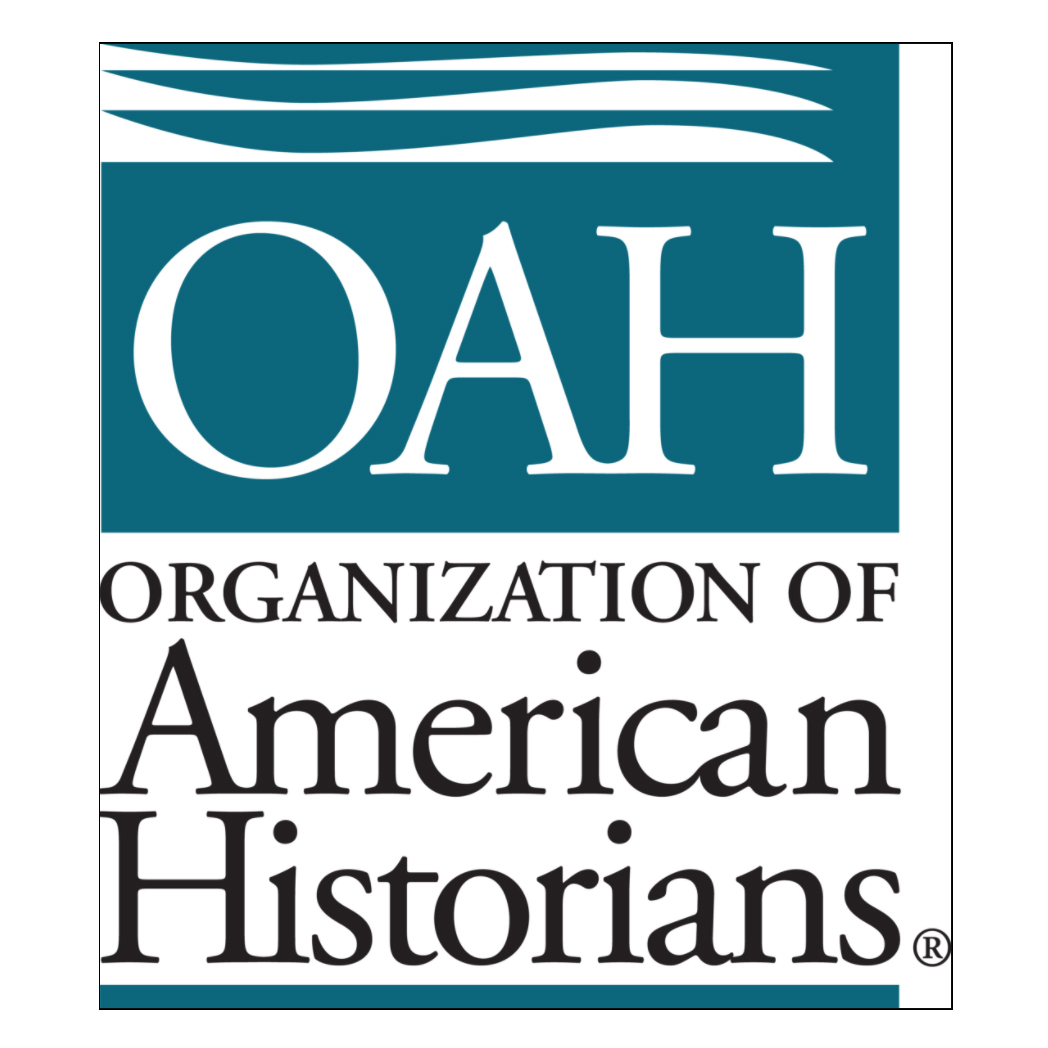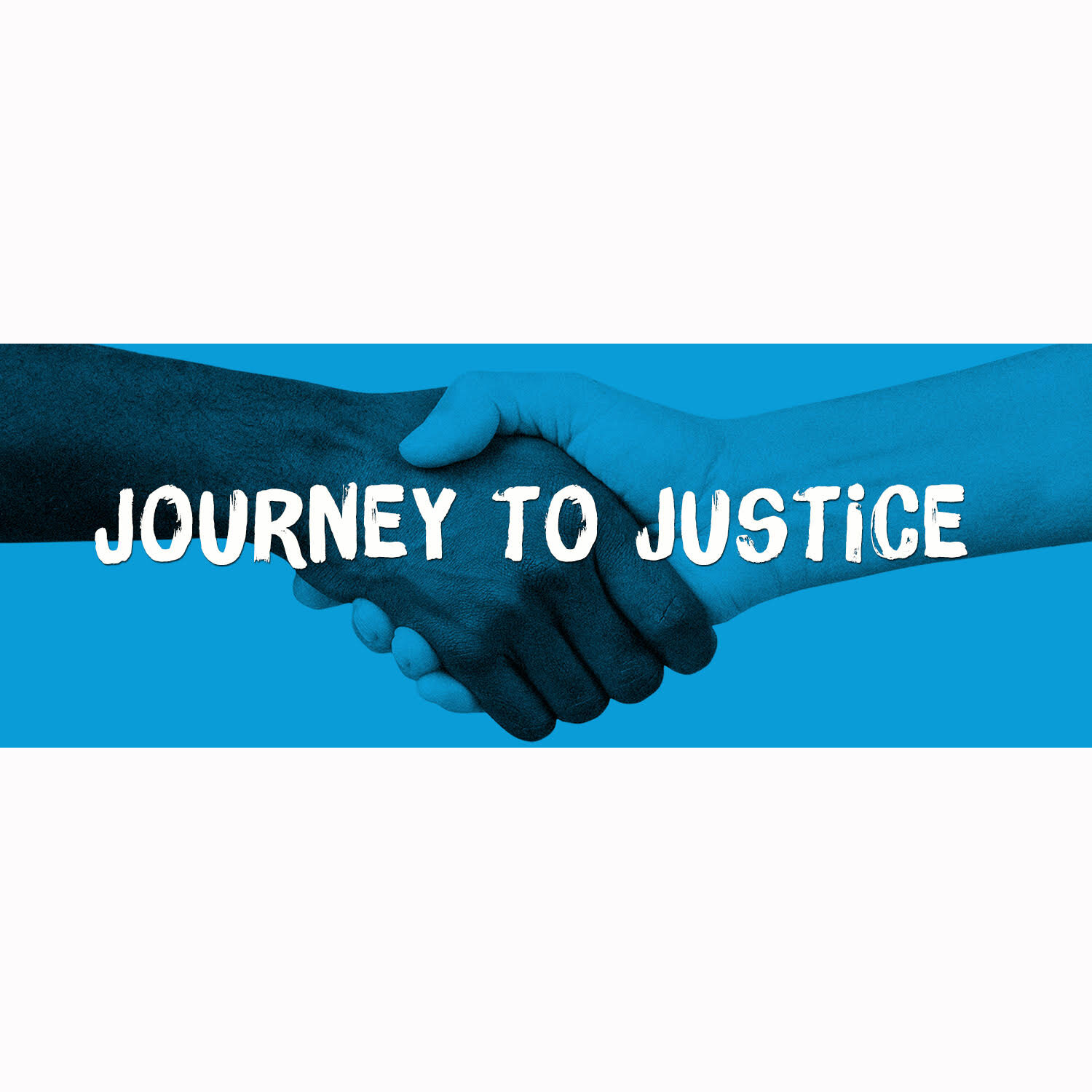“There were times when it would have been easy to fall apart or to go in the opposite direction, but somehow I felt that if I took one more step, someone would come along to join me”
Rosa Parks, the KKK, the Montgomery Bus Boycott and the American Civil Rights Movement
One of the earliest formative memories for Rosa Parks was of sleeping on the floor by her grandfather's rocking chair while he sat up at night, his loaded shotgun across his knees, as the Ku Klux Klan rode up and down the street outside their house.
From childhood to old age Rosa Parks exhibited a fierce commitment to resisting oppression and calling out injustice. In understanding more about the world she grew up in and her place at the centre of that perfect storm of activism that arose in Montgomery, Alabama in 1955, we see how ordinary individuals achieve extraordinary things.
Born in 1913 into a world menaced by the KKK, picking cotton as a child, introduced in 1931to activism and the Scottsboro Boys defence effort by Raymond Parks, her future husband, working with the Montgomery Voters League and from 1943 the NAACP, taking a central role in the Montgomery Bus Boycott and her subsequent friendships with Martin Luther King and Malcolm X, the story of Rosa Parks takes students into many aspects of the American Civil Rights Movement.
TALKING POINTS
Restricting access to education and the right to vote.
The role and purpose of the KKK.
Culture is what people do when no one is looking.
If not you who, if not now when?
What role can passive resistance play in bringing about changing?
Equality, prejudice and behavioural norms.
What do these artefacts tell you about life at that time?
How would these images have effected public opinion?
“You find honest people in the strangest places. So you never stop looking”
The My Lai Massacre, Vietnam 1968
On March 16th 1968 in Quang Ngai Province, South Vietnam, two companies of American soldiers attacked and all but erased three villages: My Lai 4, Binh Tay and My Khe. The planned attack on a fourth village, My Lai 1, was abandoned. There was no resistance and no enemy fire was received, but 504 civilians were murdered by ordinary young American men whose average age was 19. The majority of the victims were in one village, My Lai 4. More than half of the victims were children.
Thanks entirely to Ronald Ridenhour, a draftee who sent a letter detailing what he had learnt about the My Lai 4 attack to 30 senior public figures, in 1969 the American government and army were forced to launch investigations into an alleged massacre.
In 2007, at the National Archives, Maryland, I discovered the audio recordings of testimony given in secret at the Pentagon to the Peers Inquiry 1969-1970. The tapes were uncatalogued and completely forgotten. The result was a documentary made with BBC Radio 4 and the BBC World Service, in English and Vietnamese. The people in this story are not kings or barons. It is a story of ordinary people from diverse backgrounds, both Vietnamese and American. The lessons of My Lai are as relevant today as they always were. My unique collection of artefacts is a remarkable resource that connects students directly with soldiers on the ground that day and the split in public opinion over the trial of Lt William Calley. How does a situation arise where abhorrent acts become the behavioural norm, making such a massacre possible? What do ordinary people do in extraordinary situations?
TALKING POINTS
What were the root causes of the massacre at My Lai?
Why was there a cover-up?
What is the role of leadership in shaping behaviour?
Culture is what people do when no one is looking.
Why was public opinion split over My Lai?
The role of personal responsibility.
Equality, prejudice and behavioural norms.
What do these artefacts tell you about life at that time?
How would these images have effected public opinion?
MEMBERSHIPS
PARTNER ORGANISATIONS
EXHIBITOR
Schools History Project Summer Conference 2018





